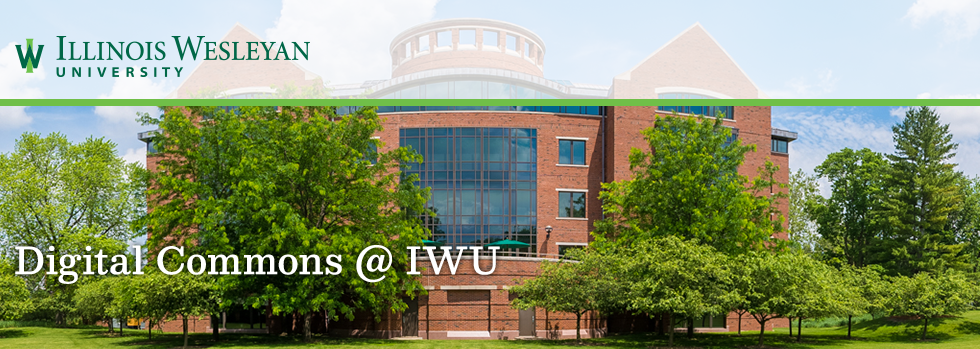The Park Place Economist
Abstract
Chicago, like any major city, is extremely diverse racially as well as economically. However, these interesting qualities do not stop at the city limits. The estimated population of the Chicago suburbs located in Cook County, IL is 2.44 million. Not only is this population almost bigger than the city itself, but it also exhibits equal diversity. For example, the population of suburbs like Kenilworth are 97% white and others like Phoenix are 1% white. Other suburbs like Riverdale have demographically transformed with the minority composition increasing by 80% in only twenty years. Similarly, these suburbs are also extremely economically polarized as places like Winnetka have a median income of $235,000 and places like Ford Heights have a median income of $19,000.
With that in mind, the Chicago suburbs have experienced an unusual pattern of change over the past thirty years. Many metropolitan areas have experienced out-migration of white residents away from the inner city to the suburbs, called ―white flight,‖ coupled with economic decline called ―urban decay.‖ However, Chicago is one of the few metropolitan areas to experience white flight and urban decay within the suburbs. Madden (2002) finds that Chicago and Boston are the only two major cities where the concentration of poverty grew at a faster rate in the suburbs than in the inner city from 1980 to 2000. Although a great deal of research has addressed the causes of white flight and urban decay in inner cities, few studies have addressed these issues in suburban areas. This study will build on previous literature and test whether white flight and urban decay have affected the Chicago suburbs in the same way they have affected inner cities.
Recommended Citation
Haines, '10, Lindsay (2010) "The Effects of White Flight and Urban Decay in Suburban Cook County," The Park Place Economist: Vol. 18Available at: https://digitalcommons.iwu.edu/parkplace/vol18/iss1/9

